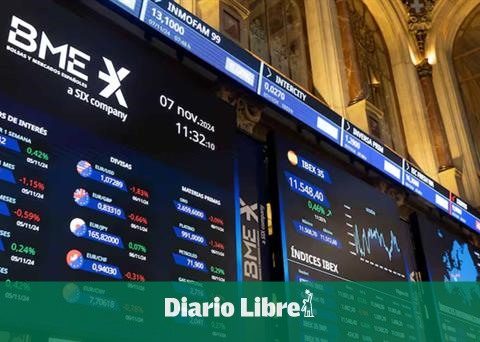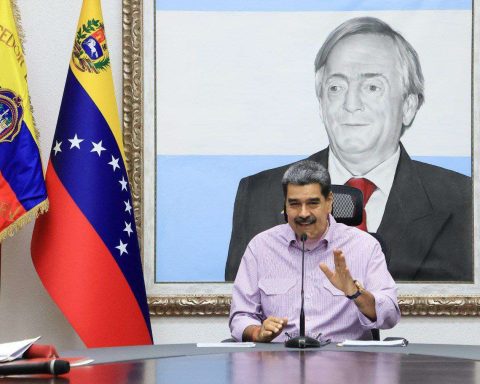The inflationary pressures that had already appeared in 2021largely due to temporary factors linked to the pandemic and the recovery of activity, and that are intensifying in 2022 due to the war in Ukraine (due to the significant increase in the price of raw materials), have caused the major central banks react.
This way, have accelerated their plans to withdraw monetary stimuli (deployed during the covid-19 crisis) to anchor inflation expectations, now leaning toward raising interest rates sooner, and even faster than expected.
In recent months, The US Federal Reserve (Fed) has been adjusting its diagnosis of the situation and, consequently, its communication on the measures to be adopted. In response to a greater persistence of inflation at very high levels (in February the year-on-year rate reached 7.9%), an economy that has recovered its pre-pandemic level and the rapid improvement in employment, the monetary authority is going to accelerate the withdrawal of the stimuli. Last week it has begun to increase the monetary policy rate and will probably undertake interest rate hikes up to six times this year and four in 2023.
In the second part of 2022 you will begin to gradually reduce the size of your balance, dfailing to renew maturities of the bonds that it has been acquiring in recent years. Although it is true that the war in ukraine adds uncertainty to this normalization process, it is expected that the effects on GDP and inflation in the US, which will be lower than those expected in Europe, do not change too much the path of normalization of the Fed, although its president, Jerome Powell, has already emphasized that they will move with caution in their determination to tighten their monetary policy due to the current uncertainty caused by the war.
For its part, the European Central Bank (ECB) is moving in the same direction, but in a much more cautious and gradual way, since they are at very different starting points. The cyclical situation in the euro zone is less robust than in the United States, with lower inflation, still without wage pressure and a less dynamic labor market.
Since the end of 2021, the ECB has been increasing its inflation expectations, signaling a path towards monetary normalisation. It closed last year announcing that the emergency asset purchase program (PEPP) would end in March, and that the traditional one (APP) would moderate it throughout 2022. But the communication from the Central Bank pointed out that rate hikes in Europe would take time to arrive and would not occur this year.
However, given the growing risks to the upside in inflation (which led some members of its Governing Council to emphasize the risks of reacting too late to inflationary pressures), at the March monetary policy meeting the ECB announced a de facto withdrawal of monetary stimuli, since it plans to end the APP in the third quarter of 2022, and thus continue with the normalization of its monetary policy.
Although it is true that the end of asset purchases has now been unlinked from the decision to raise rates, maintaining maximum options and flexibility in a very uncertain environment, the possibility that rates may be raised at the end of the year —if the war in Ukraine it doesn’t significantly hit growth—it’s there. That would mean that the The ECB would embark on the path to exit the zone of negative interest rates and that it would undertake the first rate hike since 2011.
However, we find ourselves in a complex environment, where the impact of the Ukrainian crisis could affect European growth much more than American growth, which would produce a greater decoupling between policies on both sides of the Atlantic. Undoubtedly, the ECB will be very cautious not to undermine recovery by tightening monetary policy — announcing the rate hike — too soon, and repeating the “mistake” of 2011, when he raised interest rates on the verge of a recession.

















